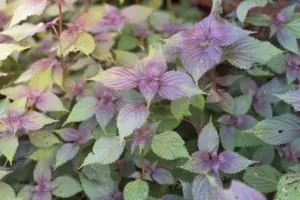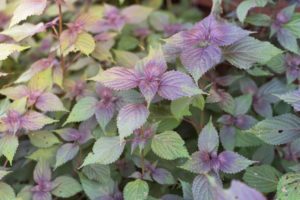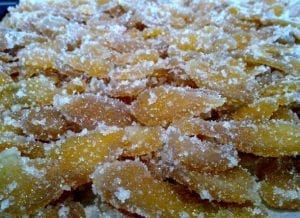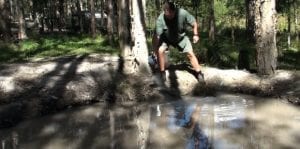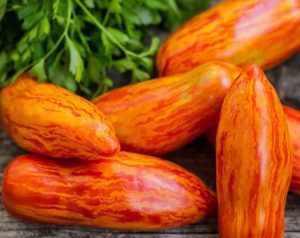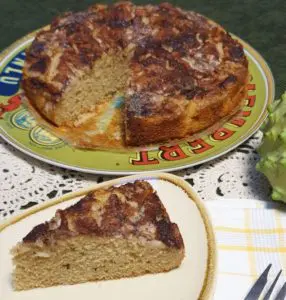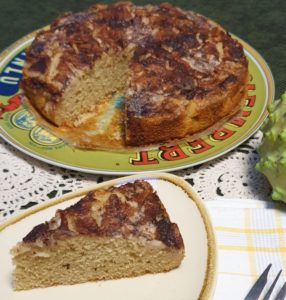Introduction
“As easy as shelling peas,” as the saying goes, but is actually growing peas really that easy? The short answer is no, and the reason I think this, is because to grow peas successfully some prior preparation, mid-growth maintenance, and good timing is required. To grow the best peas and plenty of them there are several fundamentals, which are needed to be done right or the pea crop can become a disaster.
However, if the correct prep is done and some thought has gone into the best time of year to plant then peas will grow fast, grow well, and produce an abundance of pods to eat and store. So, to find out more about growing the best peas ever just keep reading.
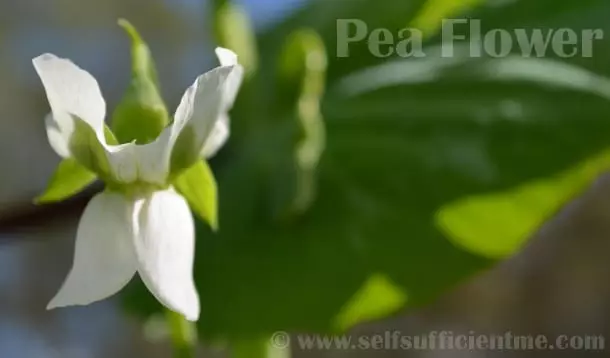
Varieties
You can get many different varieties of peas but there are two main categories and they are: shelling peas, which are harvested for the seed; and snow or snap, which are harvested whole pod and all for eating. Within these main categories, there are many different varieties with special traits like tall, dwarf, climbing, bushy, coloured flowers etc.
Winter is the season for pea growing in my part of the world, once the summer humidity is gone, and I like to grow both categories of peas at once and usually along the same trellis. Both shelling and snap peas have the same growing conditions and it makes sense to me to keep them together for easy harvest and maintenance.
Why grow peas?
But why grow peas when we can buy them frozen in bulk from the supermarket relatively cheaply?
Whilst the cost for shelled peas is rather cheap, the cost for snow or snap peas isn't – actually, they are very expensive to buy just check out the per kilo price at the supermarket. The reason for the high cost is snap/snow peas are best eaten fresh and don't store well so prices are inflated to account for the practical logistics and in shop losses. This is the main reason I grow snap peas because for a few months of the year my family and I are privileged to have this legume fresh from the plant and onto the plate. In fact, many of our snap peas don't reach the kitchen due to our grazing straight from the plant (especially my youngest boy after school).

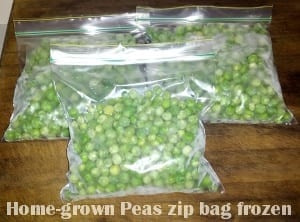
I'm not saying abstain from all supermarket food out of pesticide phobia; what I am saying is if we get the opportunity to try and grow our own and have a break from buying produce (with an unknown history) then we should. I saw a recent report, which linked cancer to a build-up (over time) of pesticides in humans due to consumption of treated fruits and vegetables. Perhaps growing our own and having a break from commercial produce occasionally could help our body cope better with all the bad things we inadvertently ingest through our environment.

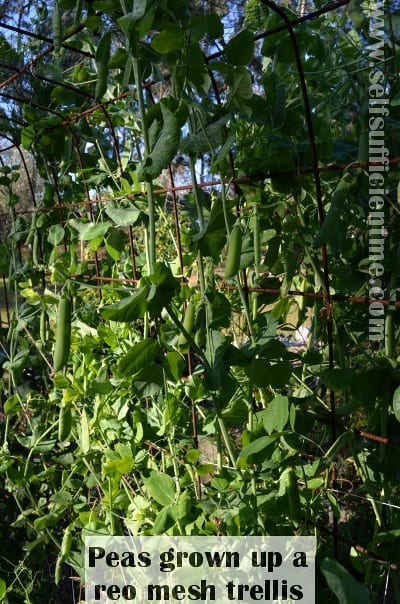
When
So when to grow peas? Pea plants are a sensitive crop to grow with respect to temperature and most locations only have a limited period and window of opportunity to grow a plentiful, disease free crop.
Although peas can tolerate cold very well, the flowers and thus pod development are frost sensitive; therefore, in cool climates peas are best grown and timed to reach flowering after frosts have gone. Also, peas hate hot weather and don't tolerate humidity very well at all, so planting out too late after the frosts and leaving the plants to reach maturity in the heat of summer is not a good idea.
In warm climates, the window of opportunity for growing peas is just as small as cool climates and timing is even more critical. If planted too early at the back-end of summer or early autumn the last of the rains and humidity will hurt peas big time. I have found, planting mid or last third of autumn is best with flowers and pods developing through our mild winter and before it starts warming up again.
Location
Plant peas in a sunny spot for best results. A trellis or wigwam of bamboo is a must for the climbing varieties and even helps to support the bush growing varieties as the plants are quite flimsy.
Finding a sheltered location away from battering wind is a good idea too, as the pea plants light stems are easily broken and bent.

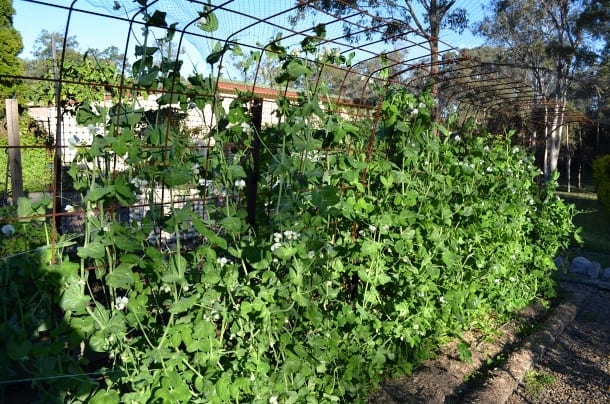
How to grow
How many – I like to plant more than I think we'll need to allow for pest/disease damage or any unforeseen growth problems. For our family, I usually sow one row of half shelling and half snap/snow peas along a trellis about 5-
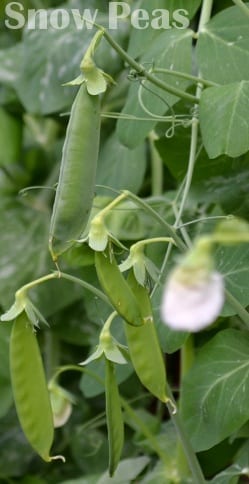
Soil, sowing/planting – Peas like a crumbly soil, which still has a good quantity of rich organic matter (like poultry/horse manure, and compost) enabling it to retain some moisture and release food for the plants as they grow. However, the soil structure is probably more important than nutrients as peas get some nitrogen from the air and do like a good watering but don't like it if the soil isn't free draining – both nutrient rich soil and free draining is optimal though. Sow peas 2 inches deep and about the same apart either side-by-side or slightly stagger the seeds for better room between growing plants. When sowing seed I just push mine into newly tilled soil with my finger up to the second knuckle and lightly cover over.
Once the pea seedlings emerge after several days, keep them moist (but not wet) and monitor for snail/slug damage. As the plants grow, train them onto the trellis or structure to prevent them from sagging and sprawling on the ground.
Peas grow quite well in pots too if space is a problem (like on a balcony), a mini wigwam of bamboo around the outer rim of the pot works well – just ensure watering is kept up (probably daily).
Maintenance – Once the peas get around full height they will start growing out slightly and this can cause the plant to fall or droop and break stems affecting pod formation. An easy fix to stop the plants falling over and off the support is to restrain them with some biodegradable twine strung in two or three runs horizontally across the whole crop. This may not be much of an issue on a wigwam structure but falling over can happen on a straight trellis.

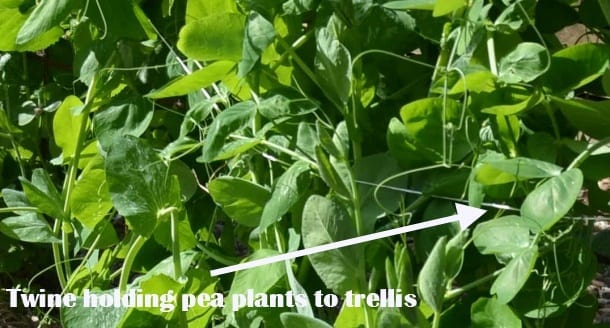
If soil prep before planting was done correctly, fertiliser isn't necessary throughout the growing season – I guess some seaweed solution never hurts but I wouldn't bother unless the plants seem to be growing lacklustre.
At flowering time ensure the plants get good supplies of water because this will help the plant to produce more pods and increase yields.

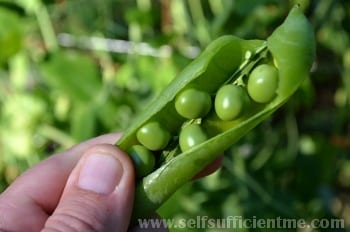
Shelling peas are best harvested when the pods are full and almost cylindrical before they start drying out or opening. Don't forget to save some peas for next seasons sowing. Pods left to dry out on the plant (pending weather conditions) or on a window sill before packaging is perfect.
Pests and disease
Fungal disease like downy or powdery mildew can be a problem in warm humid climates, or even during dry bouts of weather if conditions around plants are ideal. If you find fungal diseases are a problem in your area try:
-
spacing the plants out more at sowing time to get better air circulation,
-
planting at the right time of year,
-
limiting overhead watering,
-
planting varieties known to have good resistance to disease, and
-
removing any affected foliage at first signs of problems.
A fungicide can also be used to help control outbreaks of fungal disease but before using an expensive and environmentally unfriendly chemical first consider:
-
A – is the outbreak really bad, or can some pruning curb the issue; and
-
B – is the outbreak towards the natural end of the plants life and have you already had a good harvest to date – if so, then do nothing and let the plant grow on to harvest what you can albeit a premature end.

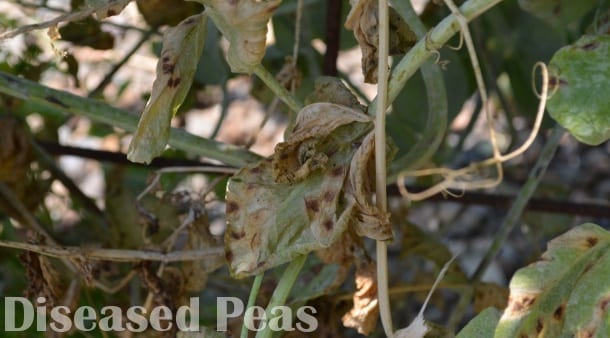
Fungal disease on peas (image above)
Other pests are not usually a big problem when growing peas at the right time of year. Rodents may eat newly sown seeds if this continues to happen then sow in containers and plant out. Snails and slugs can attack seedlings so if the telling signs of chewed-off seedlings through the night is occurring then snail and slug remedies can easily control them. Pea moth and caterpillars can do damage if these pests are in large numbers – try low toxic sprays only if the crop is young, or preferably, just live with it and harvest what is possible.
Conclusion
We know eating our greens is good for us and peas have to be one of the tastiest green vegetables to eat. Crunching a snow pea straight off the plant in the garden is a real eyebrow raiser and kids love to stalk the pea trellis looking for the perfect pod to pick. The other day, my 6 year old walked past me and out the back door into the backyard and I said, “where are you going?” He replied, “to get something to eat Daddy.” Yes, off to the pea trellis he went leaving me (his dad) very satisfied indeed and I have to say proud also.

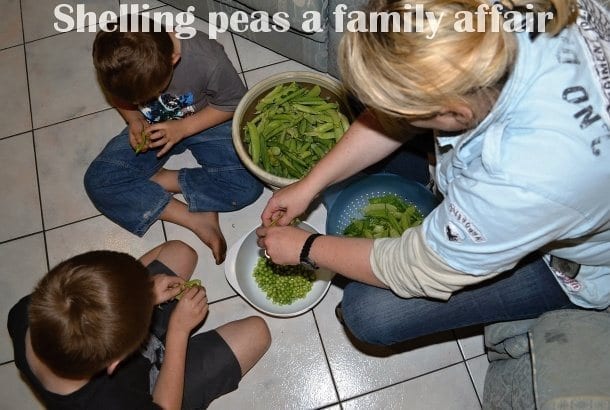
Peas can be a little temperamental to grow and frozen peas aren't expensive to buy; however, having a pea wigwam or trellis on a property, or a pot arrangement on balcony has so many benefits it's a must to do and definitely worth the effort.
Do you have a question or would you like to discuss this article? You're welcome to join our forum – I have created a topic in our forum especially for this article here.
Feel free to use the comment section below and have your say (no email is required).
Thanks for reading and thanks for your support.
Look, and see the Earth through her eyes
Mark Valencia – Editor SSM

